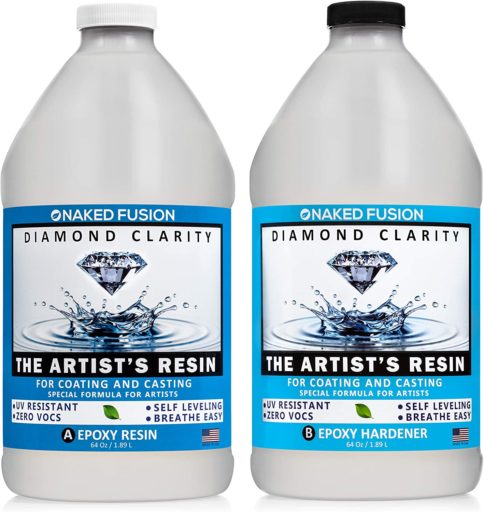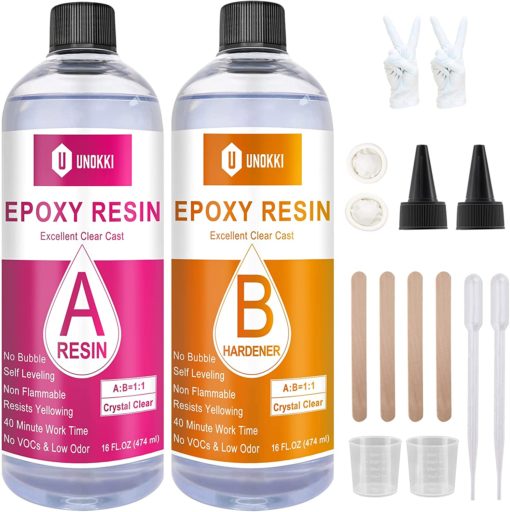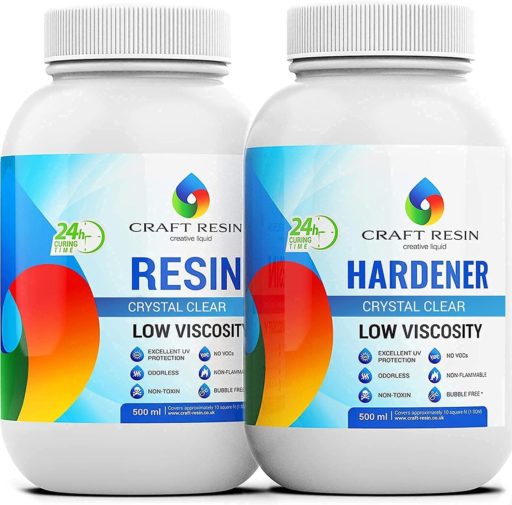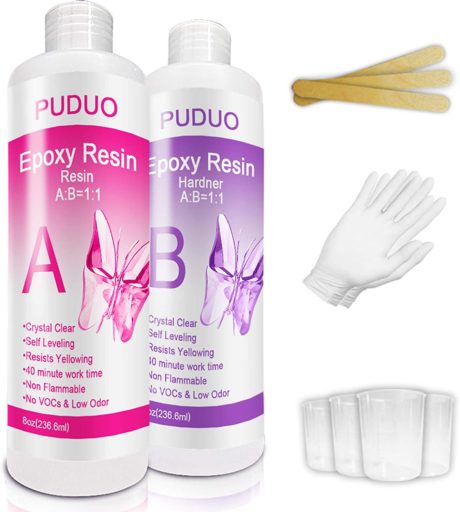 Liquid Glass vs Art Resin. Both Art resin and Ecopoxy are very popular with people who make things at home, as well as artists and crafters. Each brand is one of the top resin brands. Art resin is a new type of synthetic resin that is very good at what it does. A few terms are different for each brand, but they aren’t that big.
Liquid Glass vs Art Resin. Both Art resin and Ecopoxy are very popular with people who make things at home, as well as artists and crafters. Each brand is one of the top resin brands. Art resin is a new type of synthetic resin that is very good at what it does. A few terms are different for each brand, but they aren’t that big.
Table of Contents
What is the difference between liquid glass and resin, and how are they different?
Not only can you pour Liquid Glass Deep Pour Epoxy thicker at 2-4 inches and higher, but it is also more resistant to damage, more stable to make it strong and not bend, and more heat resistant to keep it from warping. These are the things that set Liquid Glass apart from the rest.
Resin is better than glass
Many people don’t like the look of resin because it’s soft and easy to get scratches. Glass is a lot more durable. When you put a protective coating on a piece of optical glass, it is less likely to get scratched.
It is the same thing as resin
Chemical compound: Resin comes from plants, and it’s found in tree sap and other places. There are more types of synthetic resins than synthetic and natural. There are thermosetting plastics (polyester and epoxy resins) and thermoplastics (acrylic). But in the end, they all have the same basic idea: liquid turns into a solid.
How is resin art made?
Resin art is made with epoxy resin, which is made to look like natural resin. Epoxy resin is made up of two parts: a synthetic polymer resin and a hardener. Once these ingredients are mixed, they go through a chemical reaction that makes the mixture harden into a solid medium.
Is resin as hard as glass?
They both harden when they dry. Polyester and polyurethane resins are both very strong when they dry. When they are cured, they can be as hard and clear as glass. The truth is, both can be polished to a high gloss with a polishing wheel and the right compound.
Which resin is best for making art?
Epoxy resin is very strong and doesn’t let water in, which makes it a good choice for a lot of different projects. People can use epoxy resin to make floors or countertops waterproof, make jewelry, build river tables, and make resin art.
What do you need to know?
To make your project clear, you should start with clear resin. Another thing to keep in mind is that clear doesn’t always mean “colorless.” Different brands of clear resins will turn yellow when they’re done setting. The more clear and color-free it is, the more money you will pay.
Are you filling in space or covering a surface with paint?
In this case, you’ll need a casting resin to pour it into something, like a mold or a space for a river table. Those are resins that don’t have a lot of viscosity, so they don’t have a lot of bubbles and can be poured into thick layers. Because they are so watery, though, they will run off the side or make fish eyes on a surface, so they aren’t good for countertops or artwork because they aren’t stable enough.
A doming resin is better if you want to pour the resin on something to make it look shiny. This type of coating resin has a lot of viscosity so that it doesn’t run when it’s put on a surface. Because it is applied to a flat surface, some will still run over the sides. But it will stick to the surface better and make the surface shiny. Keep in mind, too, that the thicker the formula, the more difficult it is to get bubbles out of the paint. Make sure you have a heat gun on hand so you can go over the surface to pop bubbles.






